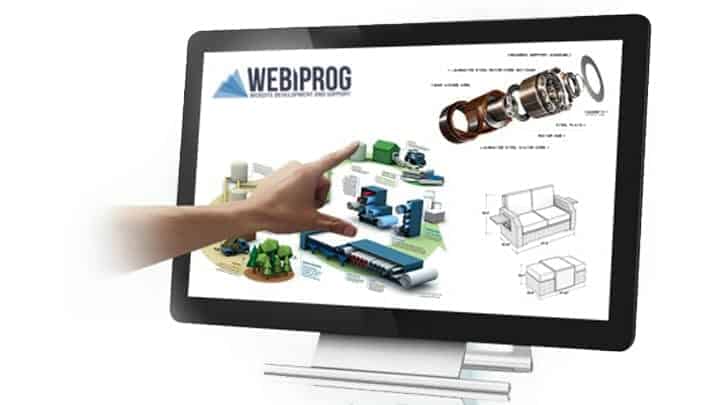
With modern digital tools, retailers can personalize their goods better than ever before – and customers expect highly individualized shopping experiences in return.
At the same time, virtual shoppers miss the convenience of face-to-face shopping that virtual commerce can’t (yet) offer. Taking a product in hand, for example, looking at it from all angles and comparing it with other products.
New tools, so-called digital product configurators, are now bringing part of the personal shopping experience to online shopping. At the same time, customers are given a wealth of new options for customization and personalization.
Here you can find out what a product configurator is, how it works and how these types of configurators boost sales.
What are digital product configurators?
A Shopware product designer is a digital tool that allows customers to fully customize a product and also visualize it before purchasing. These tools walk customers through all the different aspects of a product and allow them to add or remove features, and change patterns and colors. Each client receives his own unique product, created according to his wishes.
When the user changes features and specifications of the product, the product configurator updates the product view and generates an adequate preview. Some configurators also offer advanced features that allow the customer to see how certain products – furniture, consumer electronics or decorations, for example, will look in a home environment.
Due to the flexibility of the technology, such a variant designer can be applied to almost any product. However, the configuration of more complex products must be done carefully to avoid confusing or overwhelming customers during the customization process.
How product configurators increase sales
Research has shown that product visualization significantly increases conversion rates. For example, TSUM, one of Europe’s largest luxury department stores, was able to increase its conversion rate by a sensational 40 percent by using 3D product visualizations.
Better customization can also increase sales. Customers often shop at the retailer that offers them the best shopping experience. Some retailers have already found that offering sophisticated customization options increases conversion rates by up to 50 percent.
Product configurators offer other benefits beyond the immediate increase in conversion rates associated with visualization and customization. For example, Shopware’s variant configurator also reduces the likelihood of a customer requesting an impossible or difficult-to-use combination of features. If someone chooses an impossible combination, product configurator can automatically alert them or provide them with a visualization of why their choice might not be ergonomic or not fully functional. These features help reduce returns and increase customer satisfaction with the products they receive. Configurator customers can reduce their return rate by up to 80 percent with the help of the online platform.
Configurators can also give retailers better data on what kind of features and designs customers are looking for. If you only allow your customers to choose from a set of products with fixed specifications, you won’t get as much information about what combinations of features are desired. With a Shopware variant configurator, you can also track customer behavior during the customization process, giving you a better indication of which steps might be confusing – or where customers might want more options for personalization.
Product configurators also provide an adequate preview of how user-generated content will look on a product. They can quickly and realistically represent. You load a motif onto a T-shirt in Shopware Shirt Designer or a design onto a mug or card. The finished result is demonstrated immediately visually, without the need for the user or the seller to make a photo session of all possible configurations and color combinations.
Product configurators in stationary retail
While a sales configurator is mostly associated with online retailers, brick-and-mortar stores can also benefit significantly from this new technology.
The furniture store IKEA, for example, offers a digital planning tool that shows customers how a piece of furniture will look in their homes. Buying a piece of furniture is an important decision and is influenced by various factors – size, color, pattern, material and more.
When customers have the opportunity to get an idea of a product – how much space it will take up, how easy it will be to transport, how well it will fit in with existing furniture and décor – it can make the buying process much easier. As a result, they feel more confident about the purchase, which naturally increases the likelihood of making a purchase.
How product configurators help retailers boost sales
Shopware product designers provide a big sales boost for companies that offer products that are highly customizable. But can’t yet offer a way to visualize those products as well. At the same time, an product configurator can also reduce return rates and provide businesses with information that informs decisions about which new products to select.
While most companies currently using these variant designers are digital retailers, regular retailers can also benefit. IKEA, for example, already allows their customers to use digital tools to get an idea of how a product will look after purchase and assembly.
All this shows how better product configurators increase sales and generate satisfied, loyal customers.



